Romanian Tanks
The first Romanian tank project yielded results in 1972.

Steliu Lambru, 13.06.2015, 13:41
The world was exhausted after the 4 year long World War I, which had shaken its beliefs and aspirations. The experience of the battlefront and the casualties marked the destiny of a whole generation. A new combat vehicle emerged on the battlefront, which became essential to land armies, a vehicle whose streamlining would boost the development of industry: the tank. The French, British and German armies used the first tanks in the military operations in World War I. In 1917, the US army used tanks of French manufacture.
The Romanian army was equipped with tanks starting with the 1930s, its heavy weaponry consisting of cannons, mainly of Czechoslovak make. The Romanian state bought the first 35 AH-IV tanks, weighing 4.5 tons, from Czechoslovakia in 1937. Actually, the tank was an armoured personnel carrier armed with ZP machine guns. Also in 1937, Romania ordered 126 10.5-ton tanks to be made by the well-known Czechoslovak firm Skoda. The Skoda S-II-a tanks were armed with 37 mm cannons and 7.92 mm machine guns.
The Romanian state tried to negotiate with the powerful French company Renault the opening of an assembly line for their famous tanks in Romania, but the talks failed. However, Romania bought 200 Renault R-35 tanks that equipped the Romanian army in 1939. Romania also had Renault FT-17 tanks from 1919, which it used for training, guard and patrol missions. Romania fought with those tanks in World War II over 1941-1945.
Romania came under Soviet occupation after 1945. Its military system was integrated into the Warsaw Pact, a Soviet Union-led alliance of communist states. Soviet weaponry was preponderant in the interoperability of the armed forces within the Warsaw Pact. The Soviet T-34 tank, the star of World War II, equipped all communist armies, including the Romanian one. Before the early 1970s, there was no Romanian tank design.
The first Romanian tank project yielded results in 1972, as a strategic part of the national defense doctrine. One of the reasons for which Romanias political leadership accelerated industrialization was for military purposes, including tanks. The first Romanian tank was supposed to be medium range, with a 500 hp engine, and was to be named with the TR designation, an acronym for tan from Romania. The factory was supposed to be located in Marsa, in Sibiu county, in Romanias western area, in 1977. Subsequently, staff and production were moved to ‘August 23rd Enterprises in Bucharest.
The fist experimental model, the TR-77, came out in 1976, as a pre-mass production. After tests, the TR-77-580 came out, based on the Soviet T-55 platform, and that same year, mass production started, with a target of 210 tanks a year. Starting in 1983, a decision was made to raise the production target to 500, once the new TR-85 model came out. By 1985, only 406 Romanian TR-77-580 tanks were made. The tank weighed 42 tons, had a 580 hp Diesel engine, a top speed of 50 km/h, and a range of 380 km. It had an electric-hydraulic targeting system and 200 mm armor. Its armament was a 100 mm cannon that could fire six shots a minute, two machine guns and a crew of 4.
Another mid-range Romanian tank, with better performance, was the T-85-800, which came out in 1982. It had an 800 hp engine, with improved features. Production was 100 tanks per year. In 1987, the TR-125 came out, which sported electronic gear and lasers. The tank weighed 50 tons, had a crew of 3, and a 900 hp Diesel engine, also with 200 mm armor.
After 1990 and the emergence of democracy, Romania turned towards the NATO alliance. This meant upgrading armaments, including tanks. The TR-85 was modernized in 1994 by a French group of companies, resulting in the TR-85 M1 tank, which was closer to NATO standards.






























